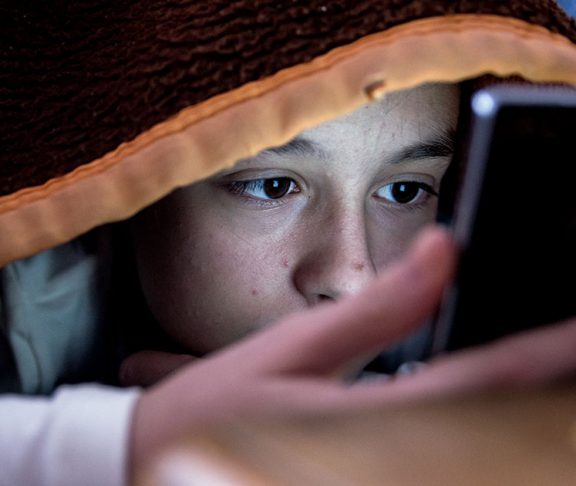
Fred Martin, PhD
Professor of Computer Science/University of Massachusetts Lowell
Since 2001, we’ve been calling our students “digital natives” because of their fluency with digital technologies. They text constantly. They curate and share images. They edit audio and video productions. They are deeply embedded in meme culture. Remixing is second nature to them. They hack their phones.
More deeply, they have practical, use-based models of how digital technologies work. They curate their digital profiles, they know about public visibility of one’s digital actions and they work within mobile data quotas.
Digital literacy in young students
All of these tacit understandings are digital literacies. And they can be a powerful foundation for developing teenagers’ abilities in computer science, which at its core is about creating recipes (algorithms) for manipulating data.
In a project called CS Pathways, I’ve been working with teachers from two urban rim school districts in Massachusetts, Everett and Medford, to develop a middle-school digital literacy and computer science curriculum.
The curriculum is based on the idea that computer science knowledge and skills can allow students to become creative agents in the world.
Young app designers
The project engages students in making mobile apps that serve a community good. In developing their apps, our students are thinking about their passions — what they wish to share with their friends and family, and how they can make the world a better place.
The starting points for our students’ apps are images and sounds. When they get started making their apps, they create image files and audio clips, which they load into their apps.Then they start creating scripts. They decide which screen on their app should appear when a button is pressed and which sound should play when another button is pressed.
Without realizing it, our students are now doing computer science. Their scripts are code which causes the computer (i.e. the phone) to take actions based on inputs. Because their work is based on digital tools and artifacts which they are already familiar with (images and audio files), students feel supported and comfortable “doing computer science.”
Impacting the world
Students are introduced to computer science as something they can use to impact the world, not merely as an object of academic study. Our research is showing that our approach is equally engaging for girls and boys and for majority-race and minority-race students alike.
We should use this approach as we plan to teach computer science to all children across the country. Let’s start with our students’ existing digital literacies and leverage them into powerful computer science competencies.

